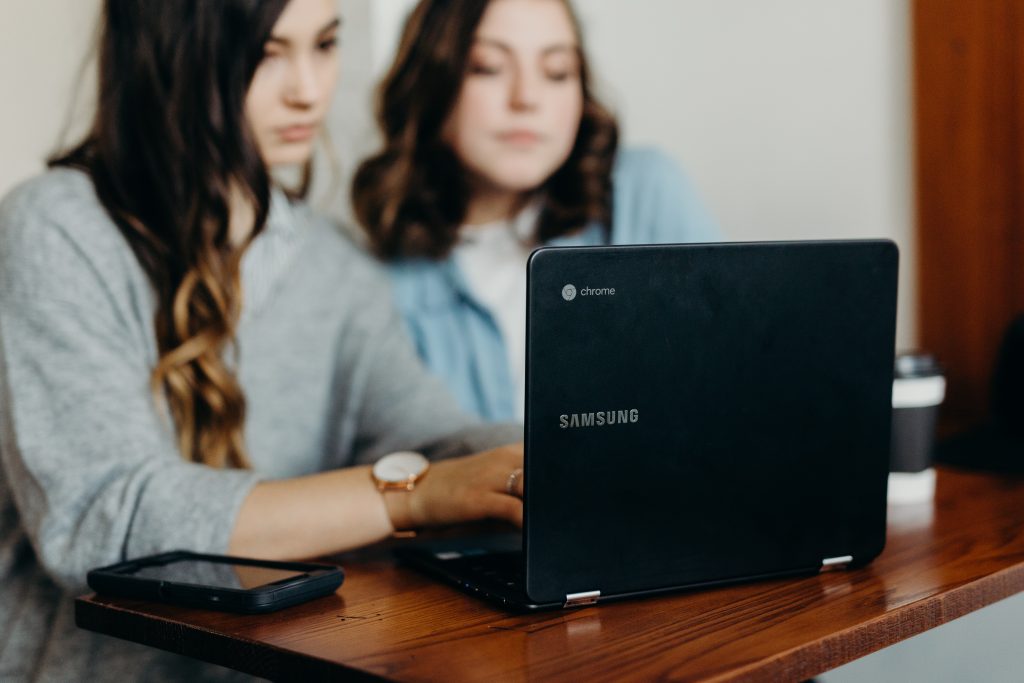Group Work Strategies to Reach Every Student
Sharing is caring!
I have taught most of my career at an urban Indigenous high school for students who come from reserves all over Northern Ontario. Although we have more “city kids” now, a large portion of our student population consists of students from remote northern communities who attend our school because there are no high schools on their reserve. Imagine being one of these kids, leaving your home and family to attend school in a big city with lights and sounds you are unfamiliar with. Understandably, most of these kids arrive pretty quiet and shy.
So, what do you do to try to engage these kids in group work and class discussion? When I first started teaching, I attempted group work scenarios, and when they flopped, I took a step back and reverted to what seemed to appeal to my students more – individual handouts and worksheets. After a semester or two of this, I realized I wasn’t doing them any favours by letting them stay in that comfort zone. Part of being a high school teacher is to help prepare students for the world beyond their senior year. A world that requires group work and discussion skills.

Over the years, I have found certain strategies that have helped turn my class of lone wolves into a wolf pack. If you’ve been trying to find ways to reach that quiet, shy, reserved, wallflower in your class, give these a try!
Activate Prior Knowledge
I find one of the biggest stumbling blocks in getting students to discuss their learning with their peers is that they are worried about being wrong, or not knowing the answers. By providing opportunities to activate prior knowledge and brainstorm as a class before asking students to talk to their classmates:
- They feel much more knowledgable and confident to share their opinions with others
- The ones who are still hesitant can always look to the class brainstorming notes or anchor charts to guide them as they participate in group discussion
- I’ve modeled to students how to discuss the learning during the whole class brainstorm, so that when they break into groups, I can prompt the ones who seem hesitant to speak by reminding them of the things we already discussed
For some of your really quiet kids, repeating brainstorming notes verbatim, or nodding yes or no to question prompts from the teacher is actually a big victory for them, especially those who suffer from anxiety in group or speaking situations. It’s all about building up to bigger discussions!
Think-Group-Share
Another option to activate prior knowledge and generate ideas before breaking into groups is to have students reflect individually first, as opposed to a whole class brainstorm. This is a twist on the Think-Pair-Share strategy. Basically, the premise is that when students have had time to reflect on their ideas and opinions individually first, they are much more prepared to then discuss with a group. Generally, students don’t like being put on the spot, so giving them time to first individually relfect on the topic will give them the confidence to speak up in a group. Plus, they can bring their individual notes, mind-maps, doodles, etc to the group discussion to refer to if they freeze up.
Movement
Giving students opportunities to get out of their seats and move around the classroom somehow makes them feel more casual and less stressed about speaking in a group. Incorporating activities like Four Corners, Gallery Walks, and Carousel are great ways to get students up and moving. Once you have them moving, they will feel freer to use their voice because it seems less like work, and more like socializing. At the very least, the movement will engage them more than sitting at a table, and they will retain the information more.
Sharing Circles
Sharing circles can be a good activitiy to promote discussion because the very act of it being in a circle puts students more at ease, in that everyone is equal in a cirlce and all opinions matter. Working with Indigenous students, I discuss the significance of the circle in their culture, and provide a talking stick, which is an item that when held, identifies you as the speaker, and all others should listen.
Collaborative Creation
Creating a collaborative class creation can be an effective way to get students to work together without having to interact too much if interacton is a struggle. You can assign everyone in the class a different part of a collaborative bulletin board display, or collaborative poster for example. One activity I’ve done when teaching poetic devices is to assign each student a different device to find an example of in magazines or newspapers, and then they have to add their piece to a collaborative found poem. It is up to students to arrange their finds so that the poem flows, and this requires them to work together, but not have to take themselves too far out of their shells.
Gamification
One of the easiest ways to get students talking and working together is to bring out their competitive side. Even the most shy student will get into the learning if there’s a victory on the line. You can really take any concept or topic and turn it into a game. Just break your class into teams, add some music and let them go! Some easy ways to gamify your lessons are:
- Create a relay race where teams send up one player at a time to answer questions or solve a puzzle. The team who has all their players back first, wins!
- Trashketball is always a fun way to get students working together to answer review questions and earn points for more “trashketballs”
- Create a memory matching game where students take turns trying to pair together two concepts/ideas/characters, etc.
- Print off corresponding pairs of information and play music. When the music stops, students must pair up or they are out of the game. For example, students can be given either a subject or a predicate and must pair up to make an independent clause.
Assigning Roles
Students will feel more comfortable to participate in group work if they are able to choose a role that plays to their strengths. In literature circles for example, students are assigned different roles to analyze the reading, and these roles appeal to a variety of different learning styles. There might be an illustrator, summarizer, reflector, and so on. You can really tailor the roles of the group to suit the students in your class, and take it as an opportunity to make each student feel like an expert. Of course, eventually in subsequent group work, you’ll want to encourage students to try out other roles, but at first, the familiarity of certain roles will help to build up confidence.
Webquests
Lastly, I’ve found that assigning webquests as a group project has generated more discussion and interaction between students than traditional group work scenarios. The presence of an iPad or laptop encourages group members to get close and collaborate. This generation is so in tune with screens and they don’t want to miss a second, especially if the webquest takes them through a slew of different media formats such as videos, infographics, online surveys or quizzes, and so on. Even students who are not as vocal as others will be engaged and invested in the group dynamic.

Leave a Reply Cancel reply
© Mochas and markbooks 2025 | Template by Waymaker Designs |
[…] you’d like more movement ideas for the classroom, check out this blog post on group work strategies that will get your students […]